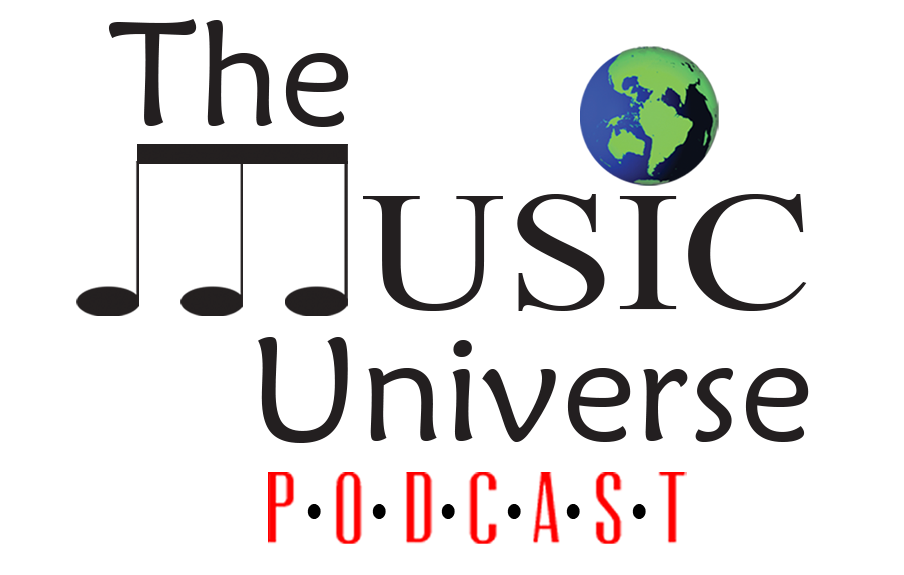Mining texts using artificial intelligence can be useful in both business and educational contexts. It can help entrepreneurs and educationists extract useful content, generate patterns and insights from large volumes of unstructured texts.
The texts can then be analyzed using various computer techniques to produce written content useful for learning or business insights. Students collect, do analysis, and interpretation of complex texts from multiple sources for use in research, assignments, and oral interactions. They can help boost intelligence in various ways.
It helps extract relevant data
Before the invention to help in the extraction of large texts, students would rely on manual extraction of texts which would be a tedious process. It would take many days to gather all the texts and another long time to go through each volume to extract relevant information. This process would leave a student exhausted, stressed, and overworked. The process was good, but it negatively affected the ability to understand, use logic and creativity, which are all important components of intelligence.
The use of AI for text analysis made the processes easier by producing only relevant information. That way, students eliminate stress and exhaustion. They can carefully use their critical thinking abilities, emotional knowledge, and learning more effectively. These are essential skills for the enhancement of intelligence.
Very often, students are faced with a problem when they cannot independently analyze a literary work. You can use a free analysis option, for example, the crucible essay examples for academic needs, which will help formulate your vision of the text. To help you get inspired on the best ways to write your academic essay, the crucible essay examples for academic needs are available on EduZaurus and they contain detailed information that can help you gain insights. The free examples available on free online services helps make learning skills better.
Lyrics analysis and its boost on intelligence
The volumes of music available online are growing exponentially, prompting the use of AI tools to search music databases. The AI tools help analyze and classify lyrics and compositions to help extract sophisticated music features like style, use of words, structure, meaning, and orientation.
Lyric analysis helps combine all these features for classification and detection of the genre, analyzing the possible publication date of a song and differentiating between best and worst song lyrics. This amount of information cannot be possible without the use of AI text analysis tools.
The results can help students write analytical literature on how lyric intelligence has changed over time. They can write a detailed analysis on how lyrics affect the number of words per song, rhythm, and finally genre. It is useful in writing about specific album reviews, effects of music on psychology, its influence on culture and learning in the most detailed ways.
The time for analyzing large texts to extract information for use in writing or discussions can be exhaustive and stressful. There are better ways to analyze texts, but essay examples from free essay platforms make the process much easier. The crucible literary analysis essays examples on WritingBros have been written from results obtained from deeply analyzed text from multiple sources. In the crucible literary analysis essays, everyone can find moments that are close to his heart. Very often, people are faced with social rejection of their views on life and lifestyle. Nevertheless, this should not be a means or reason not to believe in those views and lifestyles.
Improved interactions in the educational field
Learning beyond the classroom helps students understand topics better, apply principles and formulas much better. The purpose of text mining and analysis in the education field has many uses. It can help educators create better ways of teaching and engagement with students. Students, on the other hand, can analyze texts to share in oral interactions with their colleagues.
The huge data generated from students’ discussion platforms, educational blogs, essays, chats, and various types of assignments can be analyzed to improve learning and give feedback. Students become more knowledgeable and use their cognitive skills better, which can result in improved performance.
Improved strategic intelligence and insights
Large volumes of texts can be mined using AI to extract information useful for teaching, learning, and writing. Educators and learners keep on devising new ways of teaching and learning, like the best learning resources and the most current places to get valuable educational content.
This can be achieved by analyzing texts from multiple sources like science journals, publisher’s websites, writers’ platforms, social media, government platforms, and other stakeholders’ websites. It can help provide crucial leads on which sites to visit when writing academic literature, education creating projects. It is also useful to provide relevant support, monitoring, making of decisions, teaching, and learning processes.
Text analysis for quality education and innovation
Technology is useful in boosting innovation not only in the business sector but also in the education field. Quality education can only be achieved through the use of the best teaching methods and technology. To learn the best technologies to adopt for education, deep text analysis can help determine the best emerging or trending technologies for the education field.
If the current technology cannot adequately fit into the education field, the results from the texts can help create strategies for innovation that can help make the teaching and learning experience better. After schools achieve higher quality education, it also creates an opportunity for improved intelligence.
Conclusion
Text analysis techniques can be used to provide various results and have many benefits. They can be used to produce quantitative results for performance, resilience, and insights from unstructured texts. It helps produce scalable, consistent, and relevant data in real-time that can be used for writing conclusions, observations, and literature in academic circles. The results help boost intelligence by providing chances to use critical thinking, analytic, and knowledge skills




